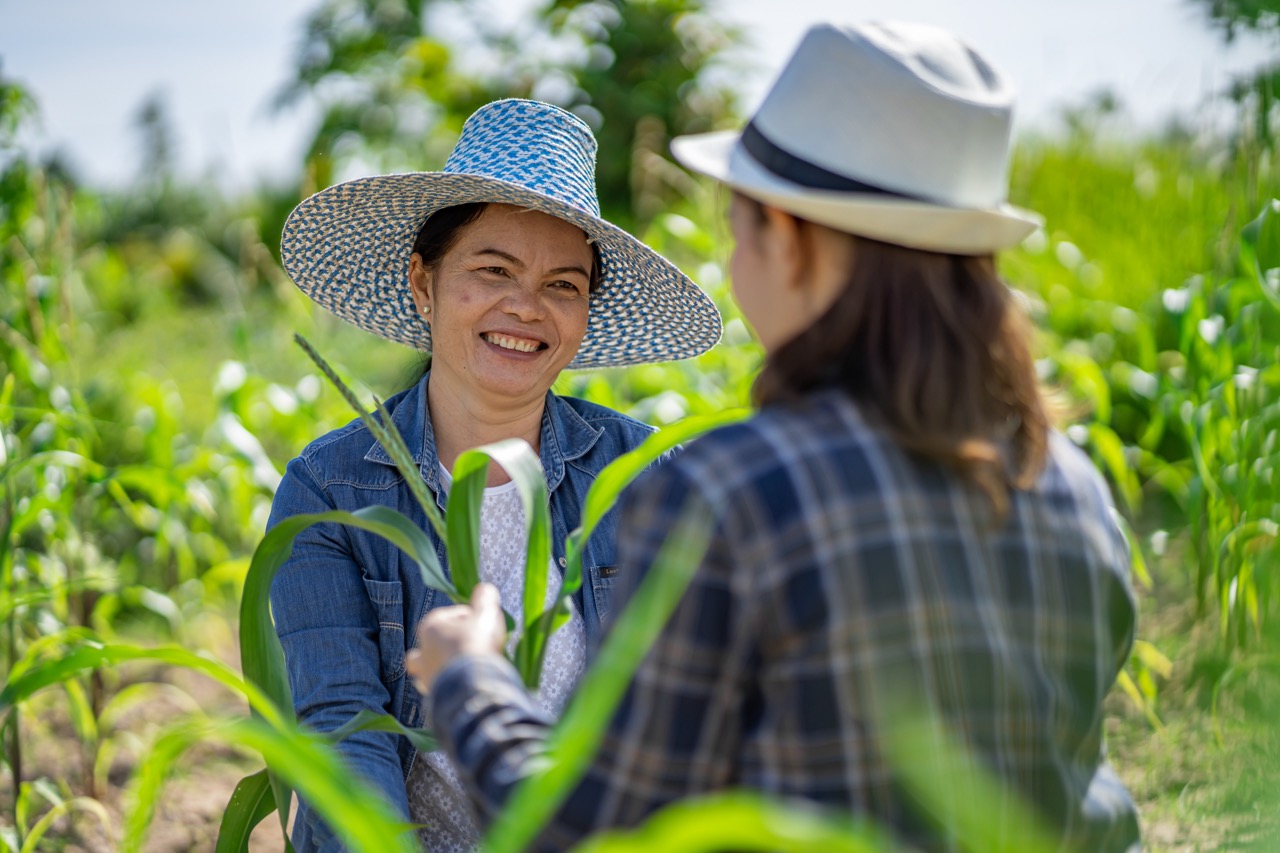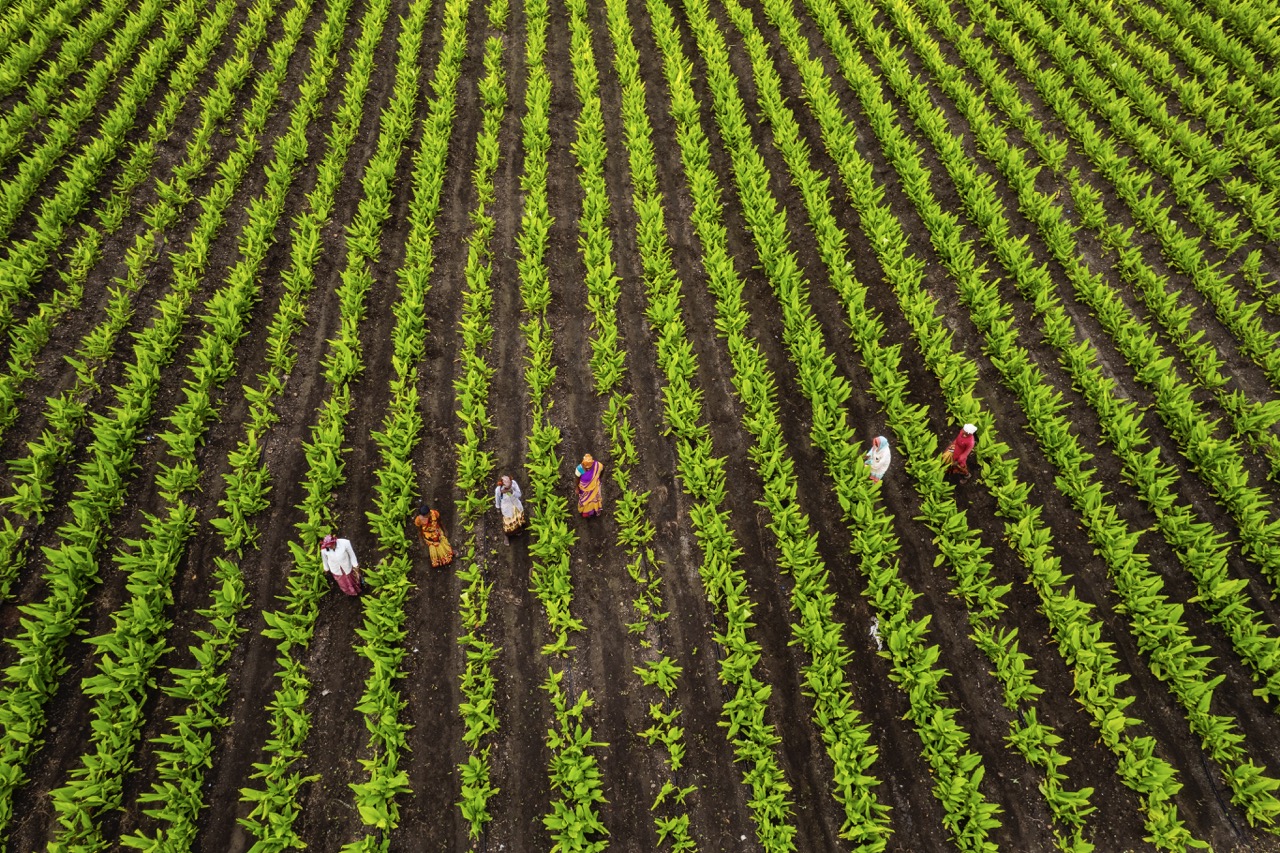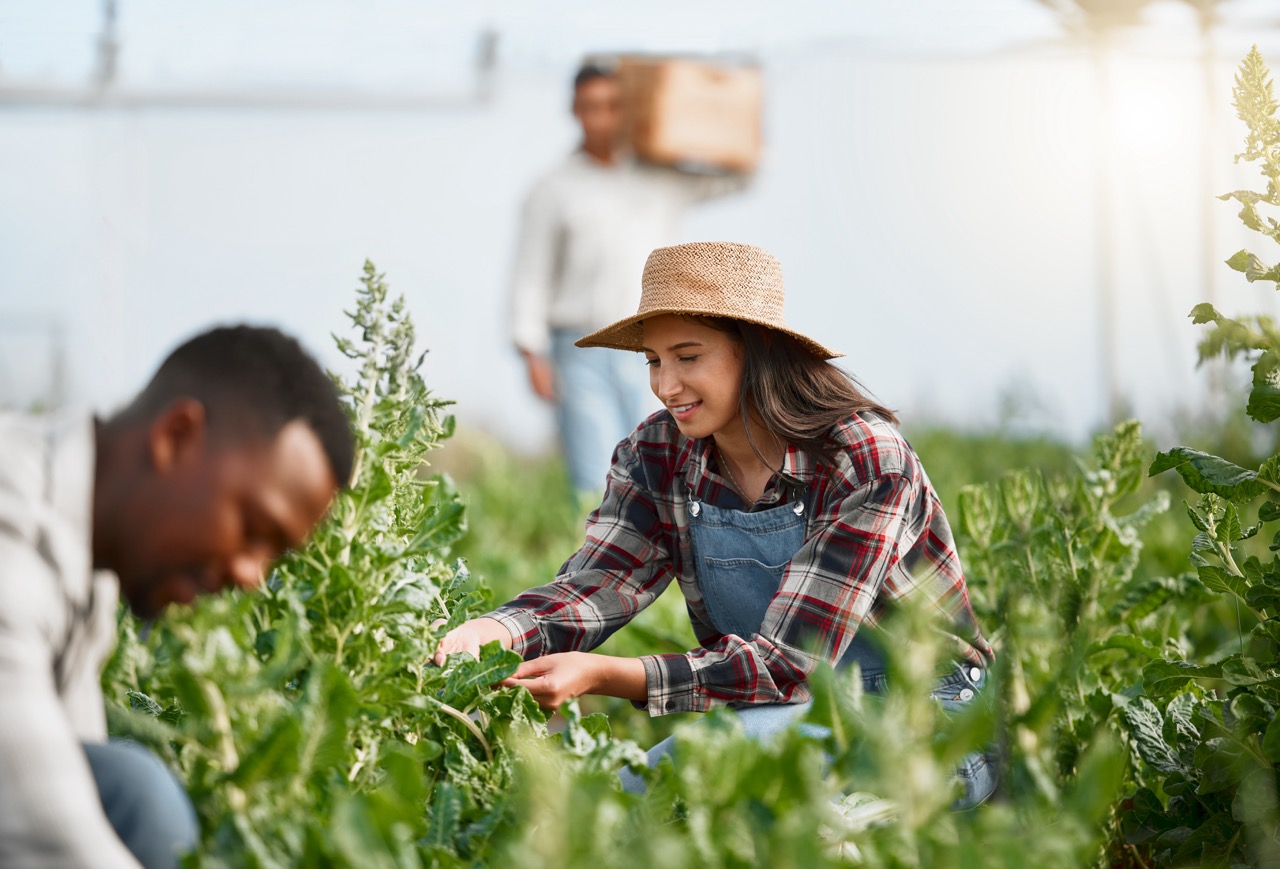In the world of agriculture, the symbiotic relationship between landowners and sharecroppers is crucial for fostering economic growth, enhancing food production, and promoting sustainable practices. As farming landscapes evolve due to technological advancements and environmental considerations, building a robust network comprised of these two key stakeholders can lead to innovative solutions for shared challenges. This article delves into effective methods for establishing and maintaining a beneficial network that can drive agricultural success in your area.
Understanding the Importance of Network Building in Agriculture
The agricultural sector thrives on collaboration. Building a network of landowners and sharecroppers creates a supportive environment where both parties can share knowledge, resources, and best practices. This collaboration not only improves individual farm outputs but also enhances the overall agricultural productivity of the region. By pooling expertise and experiences, landowners and sharecroppers can tackle issues such as pest management, crop rotation, and sustainable farming methods collectively.
Moreover, a well-established network can facilitate access to better market opportunities. When landowners and sharecroppers work together, they can negotiate more favorable terms with buyers, access larger markets, and even explore alternative revenue streams such as agritourism or community-supported agriculture (CSA). This collective bargaining power can lead to increased profitability for all involved, which is particularly important in today’s volatile agricultural market.
Finally, networking enables stakeholders to stay informed about agricultural policies, technological advancements, and environmental regulations. As the agricultural landscape frequently shifts due to external factors, being part of a network helps both landowners and sharecroppers remain agile and adaptable. Continuous engagement within the network ensures that everyone is aware of emerging trends, challenges, and opportunities, ultimately contributing to a resilient agricultural community.
Identifying Key Stakeholders: Landowners and Sharecroppers
To build an effective network, it is essential to first identify the key stakeholders in your area. Landowners typically hold the land tenure and resources needed for cultivation. They may be large-scale agricultural corporations or small family farms. By understanding the different types of landowners in your region, you can tailor your approach to suit their needs and interests. Conducting local surveys or utilizing agricultural extension services can provide a clearer picture of land ownership structures and the types of crops being cultivated.
On the other hand, sharecroppers bring essential labor and expertise to the table. These individuals often have a deep understanding of the land’s specific requirements and can contribute valuable insights regarding crop management and soil health. Identifying sharecroppers within the community can be achieved through local agricultural organizations, employment agencies, or even informal community gatherings. Engaging with this group ensures that their voices are heard and that their needs are addressed in the network’s initiatives.
Furthermore, it is vital to recognize any additional stakeholders that may influence the relationship between landowners and sharecroppers. Local government entities, agricultural cooperatives, extension agents, and non-profit organizations can play a significant role in supporting network-building efforts. By including these groups in your outreach, you can create a more comprehensive and supportive ecosystem that benefits all parties involved.
Strategies for Effective Communication and Engagement
Effective communication is the backbone of any successful network. Establishing open lines of communication can begin with informal gatherings, such as community meetings or potlucks, where landowners and sharecroppers can interact in a relaxed environment. Creating digital platforms, such as social media groups or dedicated forums, can also facilitate ongoing communication, allowing stakeholders to share experiences, ask questions, and disseminate important information quickly.
In addition, organizing workshops, training sessions, or informational seminars can be an effective way to engage both landowners and sharecroppers. These events can cover various topics, from advanced farming techniques to understanding legal agreements and land-use regulations. By providing valuable educational resources, you not only empower participants but also strengthen the network’s foundation and promote a culture of continuous learning.
Another key strategy is to establish feedback mechanisms within the network. Regularly soliciting input from both landowners and sharecroppers can help identify their needs, challenges, and aspirations. Surveys, suggestion boxes, or facilitated discussions during meetings can encourage honest and constructive dialogue. By actively listening and responding to concerns, you can foster trust and commitment among network members, ensuring that the relationships remain strong and productive.
Sustaining Relationships for Long-Term Agricultural Success
Maintaining relationships within the network is just as important as establishing them. Continuous engagement is crucial for sustaining mutual trust and collaboration. Regular check-ins, whether through scheduled meetings, phone calls, or updates via digital platforms, help keep all parties informed and involved. Celebrating milestones, such as successful harvests or community achievements, can further strengthen bonds and create a sense of belonging among network members.
Additionally, offering opportunities for professional development can enhance the skills and knowledge of both landowners and sharecroppers. Consider organizing mentorship programs, where experienced farmers can guide newcomers, or facilitating access to training on innovative agricultural practices. By investing in the growth of individuals within the network, you contribute to the collective success, paving the way for a more resilient agricultural community.
Finally, recognizing and adapting to changing circumstances is crucial for the longevity of any network. Economic fluctuations, climate change, and evolving agricultural technologies can all impact the dynamics between landowners and sharecroppers. Regularly assessing the network’s goals and strategies in light of these changes keeps the relationships relevant and responsive. By fostering flexibility and openness to new ideas, you can ensure that the network continues to thrive and contribute to agricultural success for years to come.
Building a network of landowners and sharecroppers is not merely an exercise in fostering community; it is a strategic approach to enhancing agricultural productivity and sustainability. By understanding the importance of collaboration, identifying key stakeholders, implementing effective communication strategies, and committing to long-term relationship management, you can create a robust network that benefits all involved. As the agricultural landscape continues to evolve, this network can serve as a vital resource in navigating challenges and seizing opportunities, ensuring a prosperous future for local farming communities.










